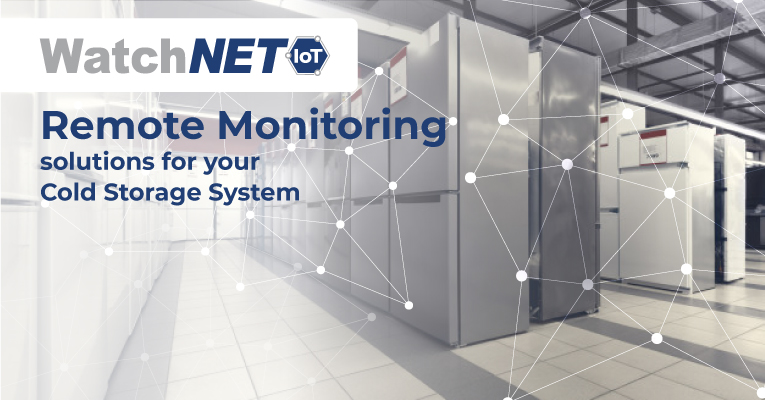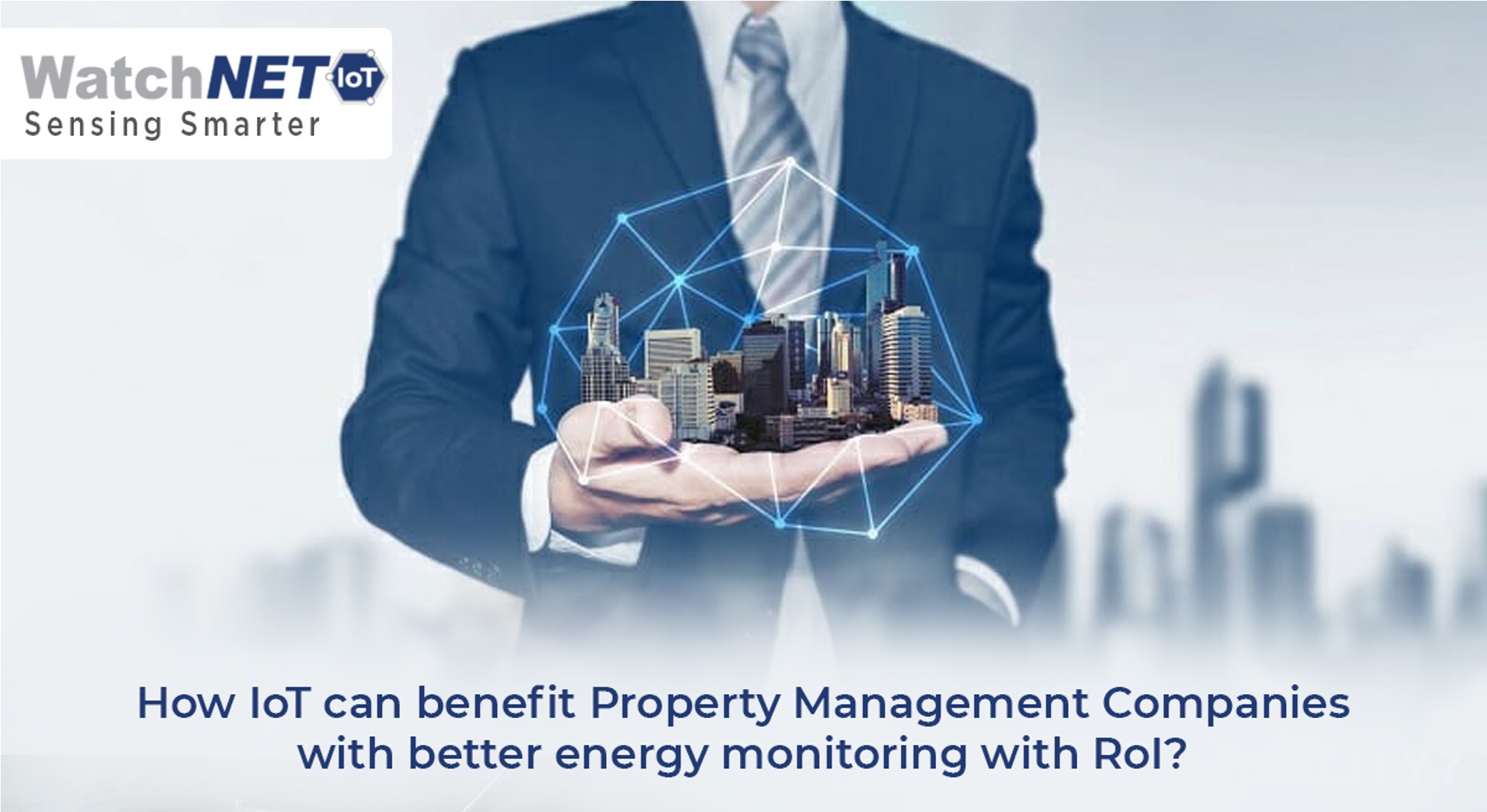
Internet of Things (IoT) is the network of physical objects or “things” embedded with electronics, software, sensors, and network connectivity, which enables these objects to collect and exchange data. IoT allows objects to be sensed and controlled remotely across existing network infrastructure, creating opportunities for more direct integration between the physical world and computer-based systems, and resulting in improved efficiency, accuracy, and economic benefits. It helps to bridge the gap between the virtual and physical world.
Energy is one of the crucial resources for any business. Rising energy costs, increasing demand, volatile energy markets, and strict enforcement of government policies are some of the propelling factors that have led many organizations to find smart ways for monitoring, controlling, and saving energy. Monitoring energy usage across your whole organization is a daunting task and often ends up in silos of data. In today’s connected world, the future of energy utilization will be inexorably linked to Internet of Things (IoT). The need of the hour is an intelligent Energy Management System (EMS) that can contribute towards cutting the costs, improving efficiency, and meeting your energy demands.
In the current digital revolution, any property equipped with smart digital solutions should be able to easily exchange data through various channels or services. In reality, the proprietary software and hardware are lacking in their ability to communicate or operate with various devices outside the built ecosystem. While digital solutions have brought significant improvements in terms of energy efficiency, cross-functional integration is still difficult to achieve. As a consequence, this strategy not only generates higher costs but also confusion among regular users.
Fortunately, with advances in energy management systems (EMS) and controls technologies, retailers now have the ability to automate energy best practices. These tools not only provide full building ecosystem optimization but also help operators capitalize on the potential for energy savings via utility energy incentives and available demand management opportunities.
Several IoT based energy meter monitoring devices are used to overcome the shortcomings of conventional energy monitoring devices. A smart, efficient and reliable energy monitoring and management device (system) should be capable of:
- Monitoring and measuring both individual and collective consumption rate.
- Ability to save consumption history for further analysis
- Use of renewable energy sources.
- Replacement of some energy sources.
- Analysis of the energy saving of the actions carried out.
- Thermal isolation.
- Waste management.
- Analysis of the environmental atmosphere.
- Study of original techniques to produce and save energy.
- Economic analysis of management.
Therefore, Energy management includes the development and operation of energy production and energy consumption units and energy distribution and storage.
WatchNET Property Monitoring , WatchNET industries and factory monitoring
With the use of an EMS, you will obtain reliable and exploitable energy data from your buildings that will help you identify areas for energy savings. Some of the major benefits of an EMS in property management can be understood from the below
- Understand your energy consumption to reduce your operational costs (and your environmental impact
- Optimise your reporting processes and create customized reports and dashboards to display clear, easy-to-digest information.
- Benefit from AI insights and data for market benchmarking. In addition, this information is transformed into specific metrics to derive savings opportunities in your portfolio.
- The utilisation of Artificial Intelligence to carry out automatic detection and gain efficiency in the energy management of your assets. The technology here is of great help as it identifies inefficiencies that are difficult for the human eye to see.
- Help bring connectedness — and the related energy savings — across your assets.
- Allow businesses to save energy and reduce their utility bills automatically, without impacting comfort or productivity.
- Enable buildings to be more responsive to electric grid conditions to reduce stress and build reliability.
For any energy-saving project to go through, ROI is the key, the same applies to deploying smart energy management systems too. One can quickly quantify ROI for LED lighting ESP as this replacement typically saves 50% of energy. But similar quantification is impossible in the case of smart energy management systems as the savings completely depends on a smarter way of configuring and utilizing the same. Implementing an energy management system is most likely the most impactful energy efficient investment a company can make. It delivers a smart analytics report which puts all the data from your building into perspective and allows you to make smarter, faster, data-driven decisions. WatchNET wireless Smart Building Automation
Some might argue that initial costs of implementation of IoT and EMS are too high, but full return on investment of properly applied IoT sensors, switches and analytics can occur in six months to two years. Some of the factors that could drive up the ROI of EMS are:
- Having an executive position responsible for energy management
- Using third party expertise to assess energy performance gaps
- Incorporating continues improvement models such as ISO 50001
- Establishing culture that values and practices energy management
In recent days IoT systems based on powerful insight generation along with closed-loop operational control are gaining traction that has greater ROI with more or less the same infrastructure as that of conventional smart energy monitoring systems. Apart from these, there will be always a greater scope to improve the energy savings through these smarter IoT systems and make them smartest when the configuration and optimization are fine-tuned based on the on-ground inputs as they can add much smarter strategies that are site-specific.

